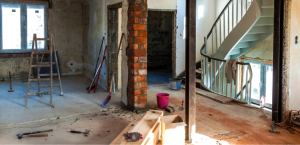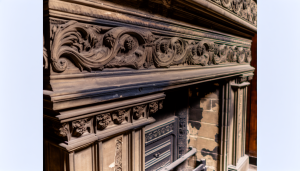In the realm of heritage homes, the primal allure of stone masonry stands as a testament to the enduring charm and resilience of traditional craftsmanship. This ancient technique, which has sheltered humans through centuries, is not just about stacking stone upon stone; it is an art that requires a deep understanding of materials, a keen eye for aesthetics, and an intuitive grasp of engineering principles. Rediscovering and preserving these old-world masonry techniques in heritage homes is crucial in maintaining their historical integrity and ensuring they can continue to tell their stories for generations to come.
Stone masonry in heritage homes is distinguished by several key techniques, each with its own history, application, and beauty. Dry stone walling, one of the oldest methods, involves carefully selecting and placing stones so that they interlock and support each other without the use of mortar. This technique is a true mark of craftsmanship, as it requires a deep understanding of stone shapes and strengths. Dry stone structures are surprisingly durable and can withstand the elements for centuries, a testament to the skill of their creators.
Mortared stone work, where stones are held together with mortar, is another prevalent technique in heritage homes. This method allows for the construction of thinner walls, arches, and other intricate features, expanding the architectural possibilities. The choice of mortar is critical in these restorations; historically, lime-based mortars were used, which offer flexibility and breathability, preventing moisture from being trapped within the walls and potentially damaging the structure.
Additionally, ashlar masonry, which involves cutting stones into uniform shapes and sizes for a more refined appearance, showcases the aesthetic aspirations of past builders. This technique was often reserved for the more visible sections of buildings, reflecting a desire to display wealth and status. Ashlar masonry not only requires precision in shaping and laying the stones but also an artistic vision to ensure the finished structure is both stable and pleasing to the eye.
In the preservation of heritage homes, understanding and honoring these traditional stone masonry techniques are paramount. Modern-day masons undertaking restoration projects must immerse themselves in the historical context of the buildings, learning not just the technical skills but also the original builders’ intentions and styles. This includes the meticulous matching of materials – sourcing stone and mortar that closely resemble the original materials in composition, color, and texture to maintain the authenticity of the structure.
Preservation efforts are further complicated by the impact of time and environmental factors on these materials. As such, contemporary masons must also be adept in diagnostic techniques, accurately assessing the extent of deterioration and formulating appropriate conservation strategies that respect the original craftsmanship while ensuring the structure’s longevity.
The challenge of preserving heritage homes goes beyond mere maintenance; it is about respecting and continuing the legacy of traditional stone masonry techniques. As more individuals and communities recognize the value of these historic structures, there is a growing movement towards adopting and adapting ancient methods for modern restorations. This revival of interest not only safeguards architectural heritage but also rekindles appreciation for the craftsmanship that defines our built environment.
In conclusion, the rediscovery of stone masonry techniques in the preservation of heritage homes is much more than a construction endeavor; it is a cultural journey. Through careful study and skilled application of age-old methods, modern masons play a crucial role in bridging the past and future, ensuring that the beauty and stories of heritage homes continue to inspire awe and wonder for years to come.







